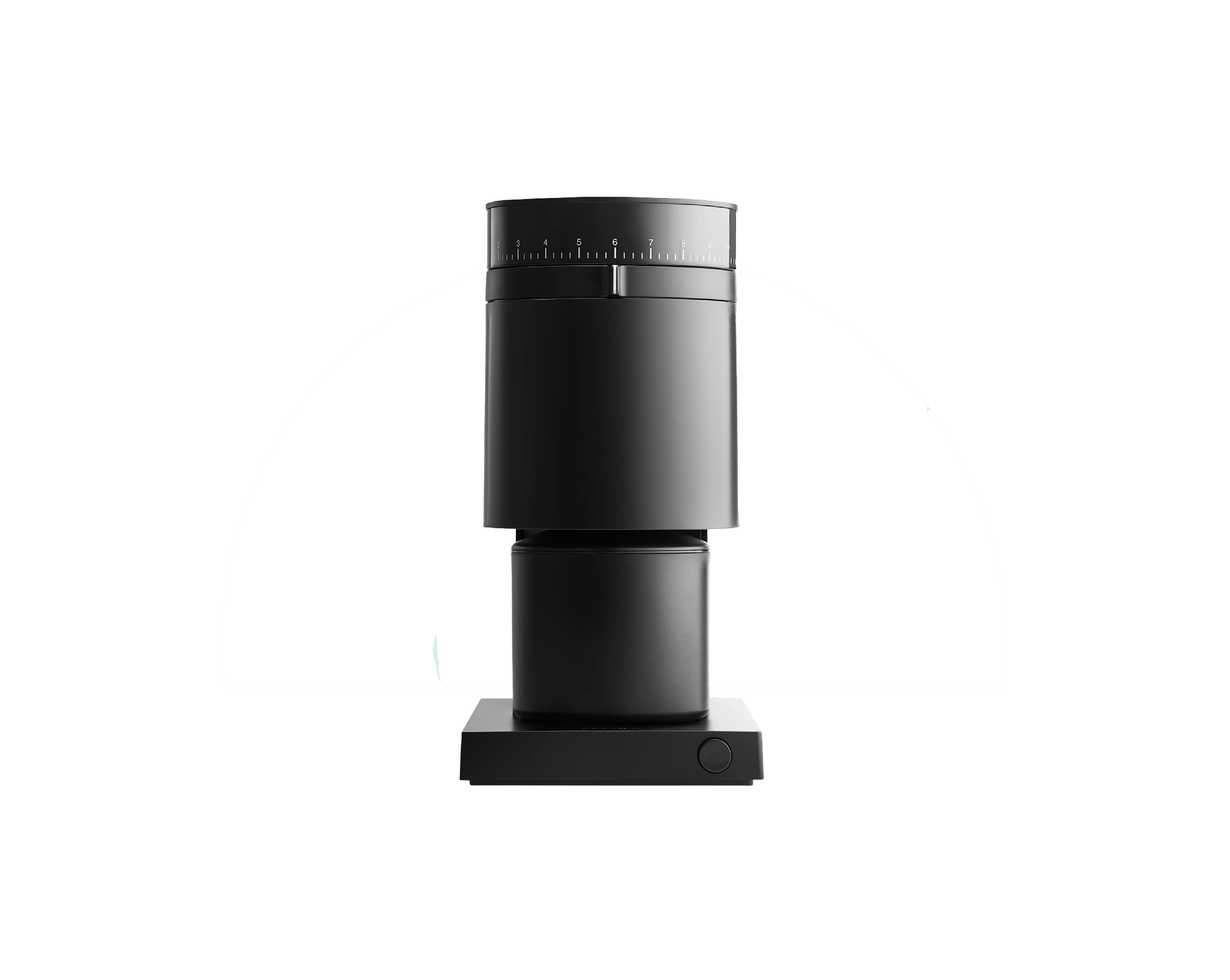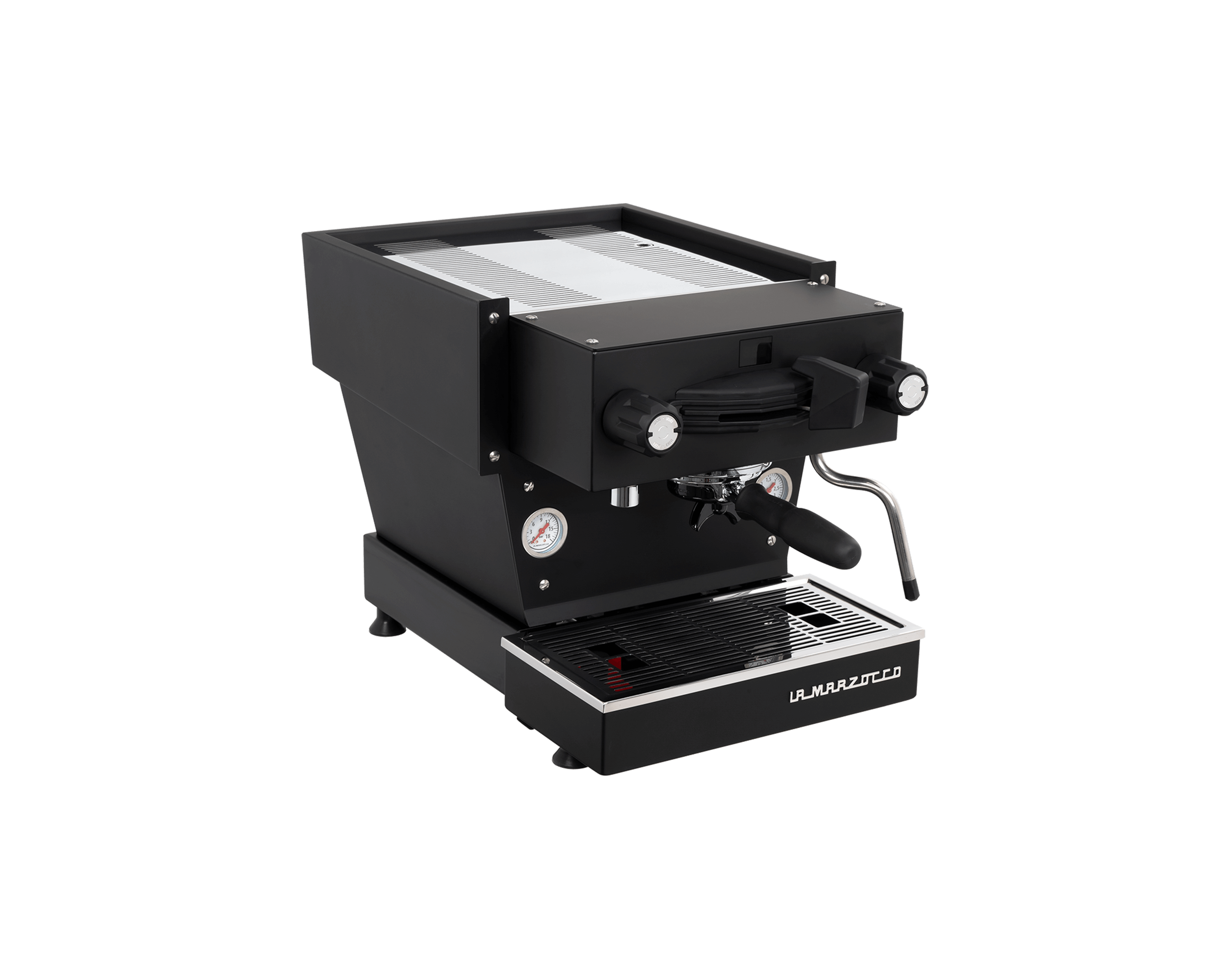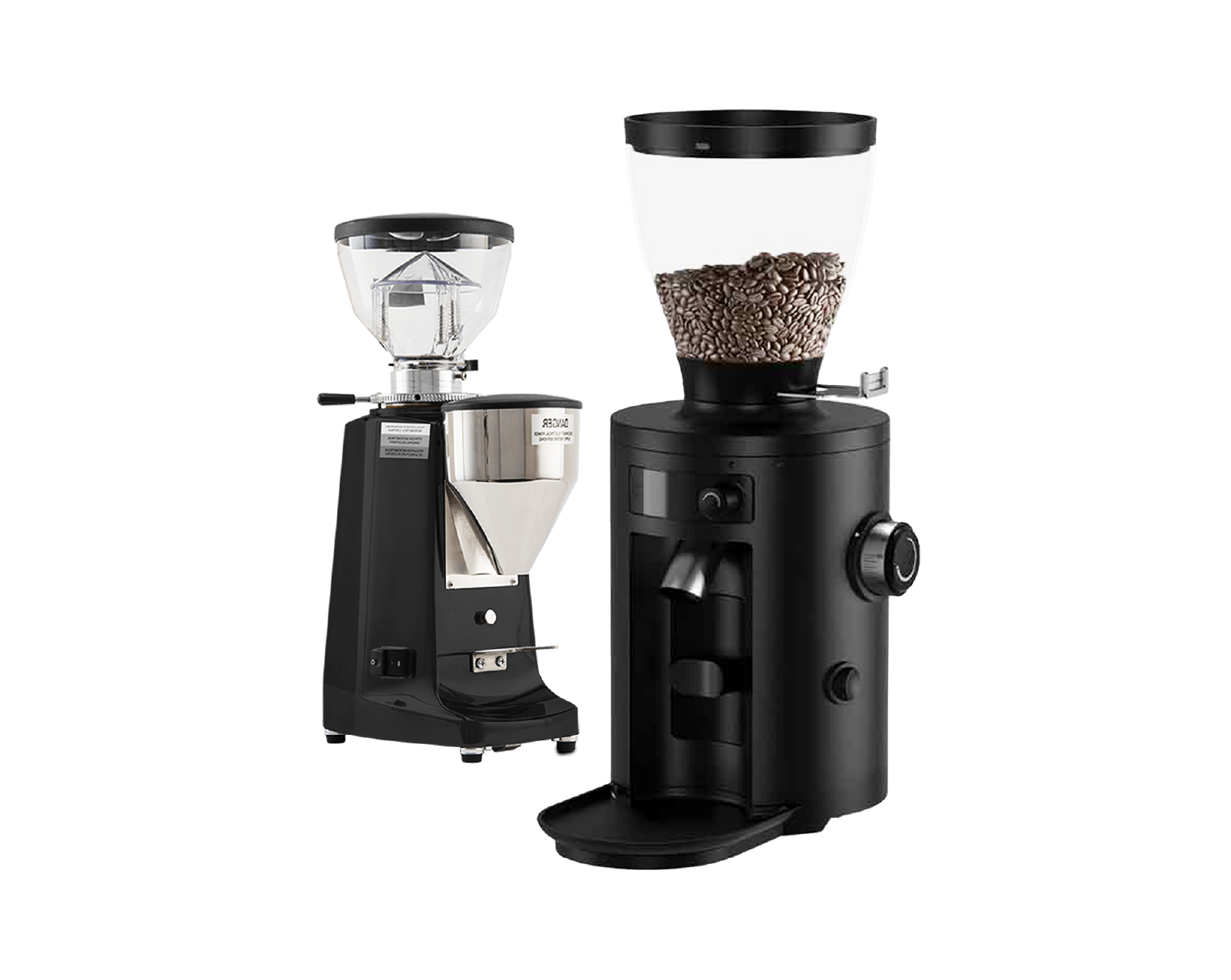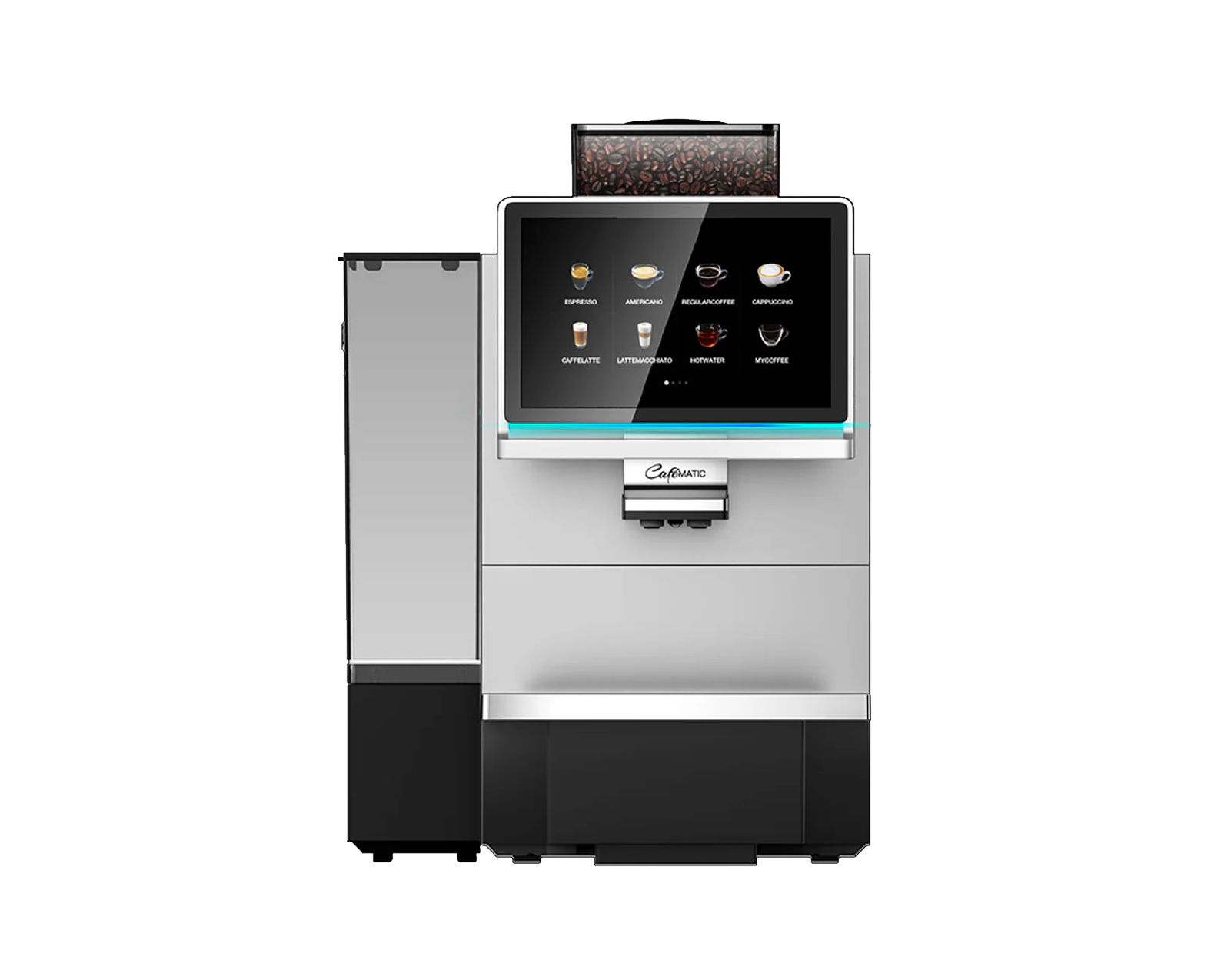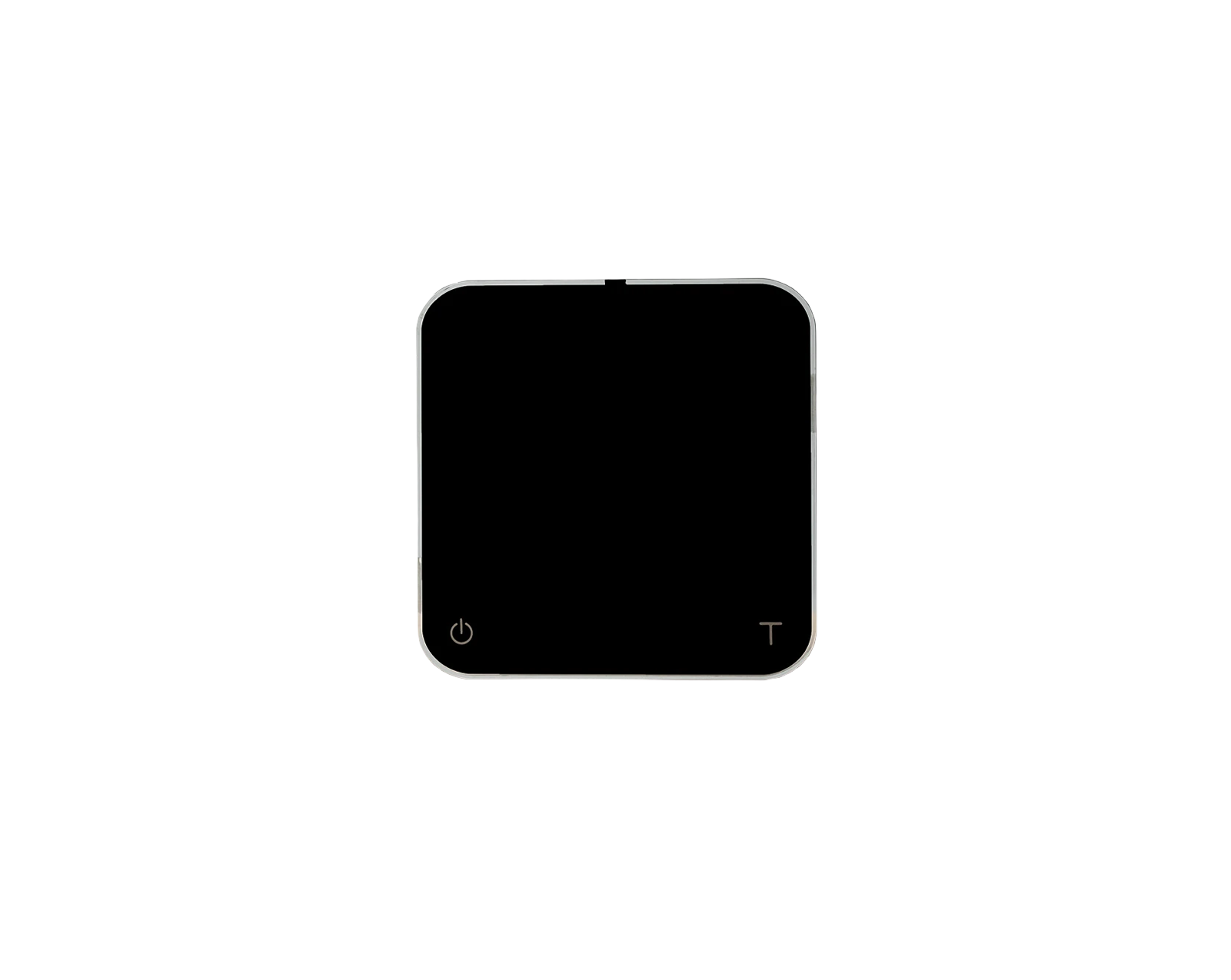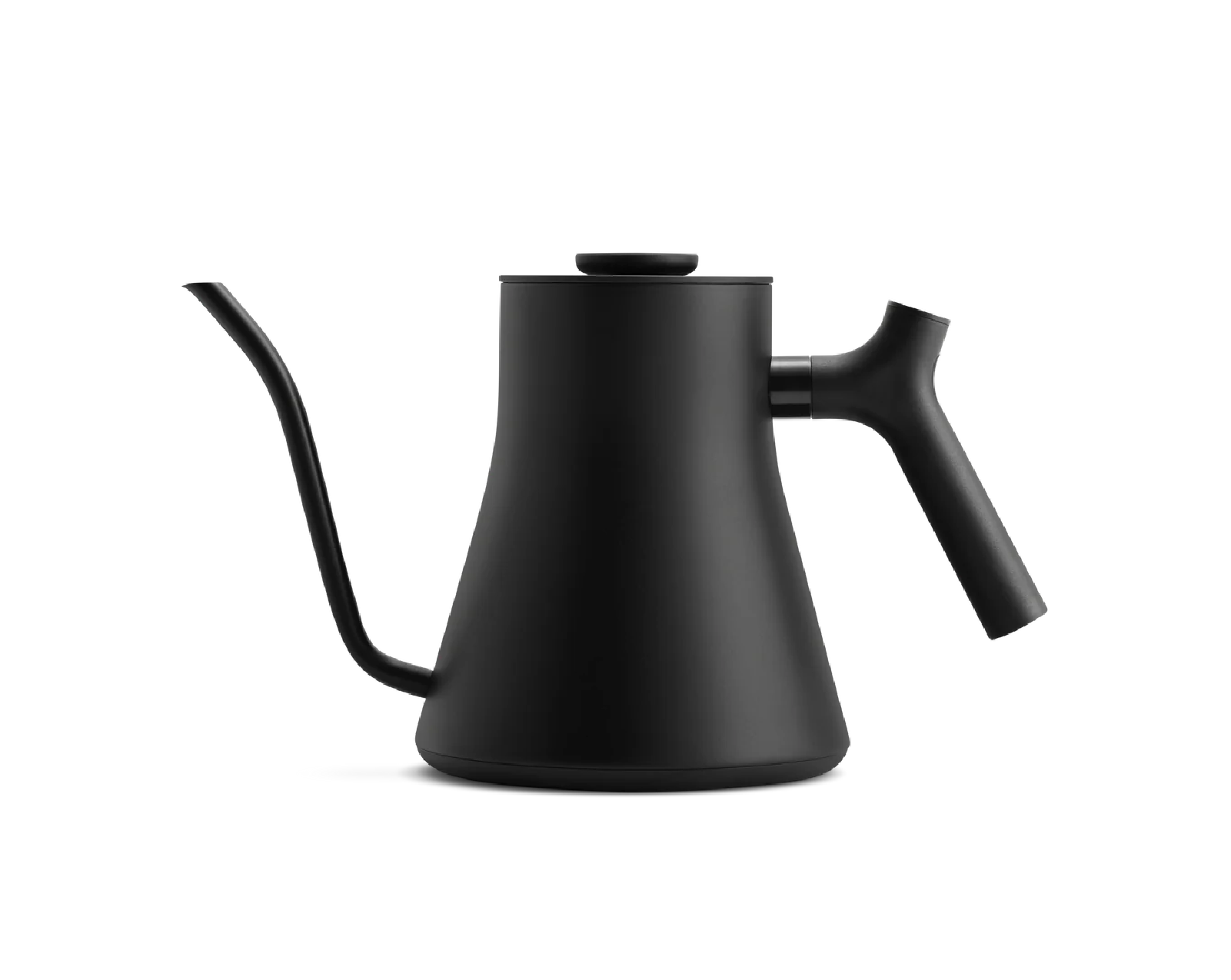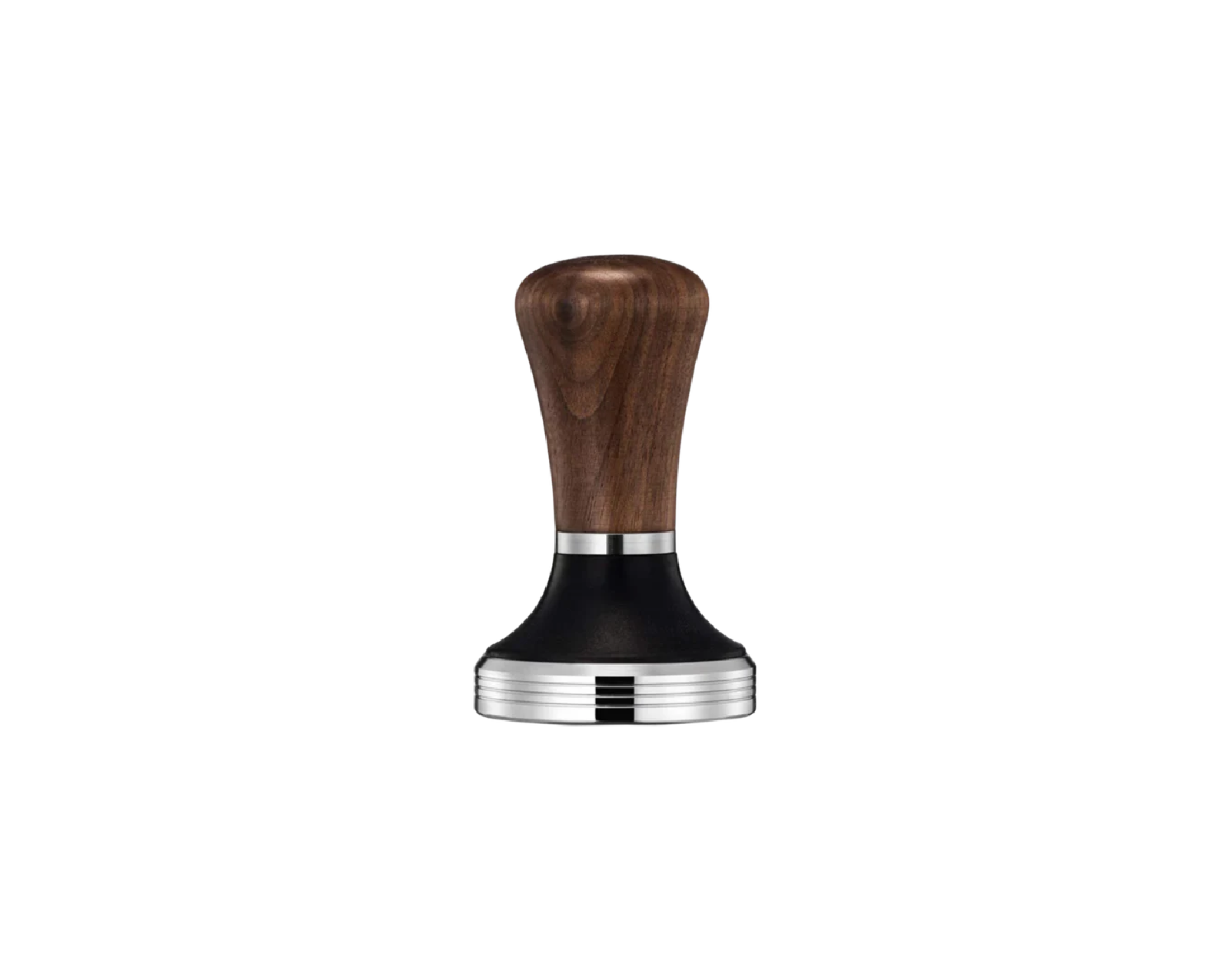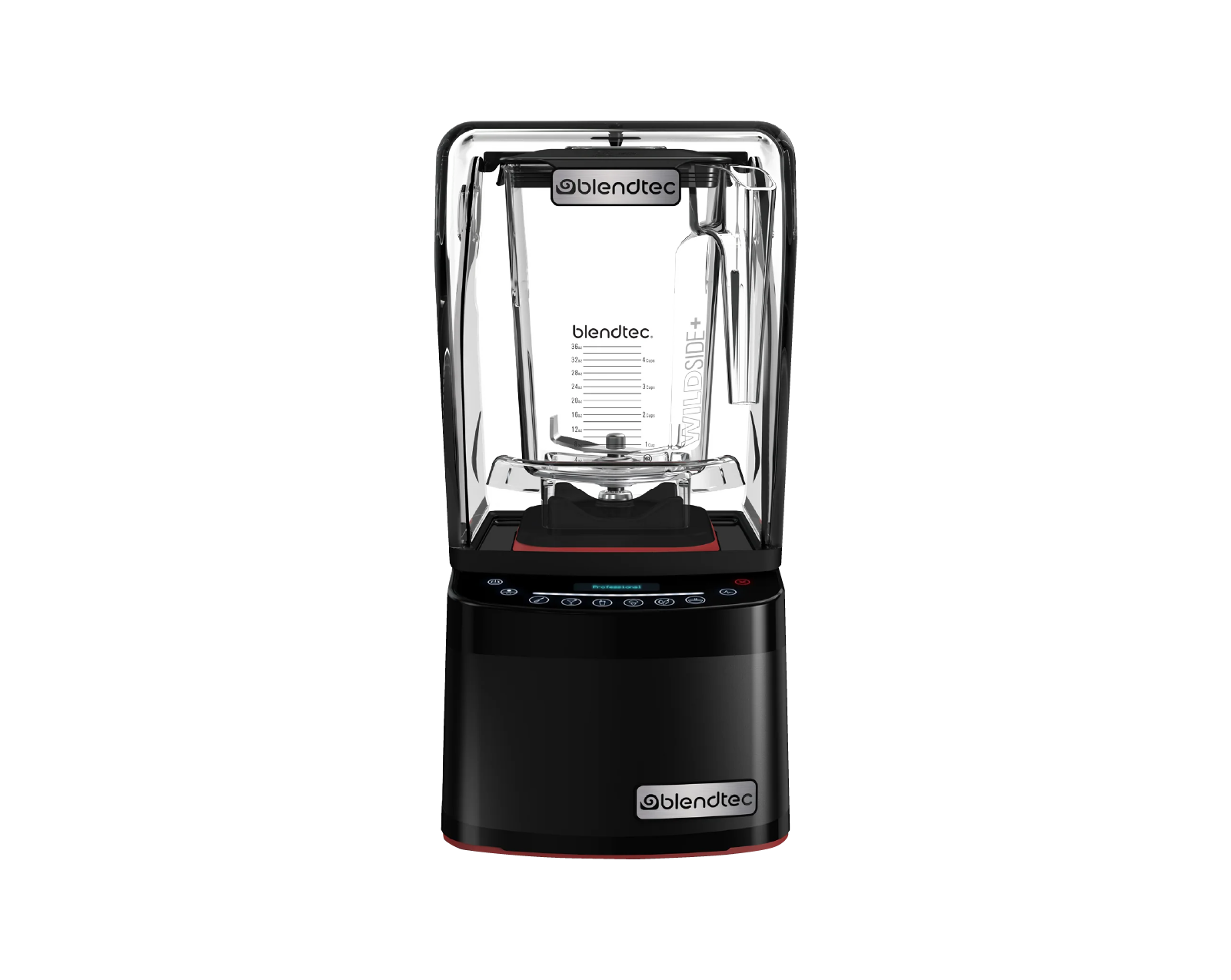If you're new to the wide world of home coffee brewing, you've certainly seen that some bags of beans make claims about being 100% Arabica, 100% Robusta, or even a blend of the two. What exactly are Arabica and Robusta, and what does this all mean?
Coffee beans all essentially have the same appearance after roasting. Having said that, I bet you didn't know there are over 100 different species of coffee, but only two types of coffee beans truly matter for your daily drink.
Liberica (1), a Robusta and Arabica variety cultivated in the Philippines but infrequently exported Only these two types are grown for coffee brewing out of all the others.
Okay, but what exactly distinguishes Arabica and Robusta coffee beans from one another, and does it matter which type you use?
Now that you are clearer on the subject, let's look more closely at these two well-known coffee beans and discover what makes them special and different in the field of coffee brewing.

Robusta and Arabica characteristics
Given that both Robusta and Arabica are types of coffee, many people believe that their flavors are similar. These two coffee beans do differ from one another, though, in a few specific ways.
To start with, if you stop and pay attention to what you are drinking, you will soon notice that Arabic is far sweeter than Robusta.
Compared to Robusta's stronger, and sharper flavor, Arabica frequently has more sweet undertones, which many coffee lovers (whether they realize it or not) prefer.
Comparing Arabica and Robusta's flavors, Arabica is also significantly more complex. Along with other mild elements, Arabica frequently has a slightly nutty, fruity, and chocolatey flavor. Robusta beans rarely, if ever, contain these extra flavors.
The amount of caffeine found in the bean is another significant element of Robusta compared to Arabica. Robusta actually has double caffeine in Arabica.
Compared to Arabica beans, which have a caffeine content of 1.5%, Robusta beans have a caffeine content of 2.7%. As you can see, Robusta, which has over double the caffeine level, is ideal for those of us who enjoy the extra push that caffeine offers us in the morning.
It's also important to note that caffeine is a natural pest control that aids in protecting coffee plants from vermin during their most vulnerable period. Given that it is more easier to grow and much more "hardy" to pests, this is presumably one of the reasons why the Robusta variety is more affordable to purchase.
The primary drawback of the Robusta bean is its bitter flavour, which is mostly brought on by its increased caffeine level. The best of both worlds, you might say, may be found in a blended coffee that has both Arabica and Robusta.
Last but not least, both types of coffee beans grow at various altitudes. Arabica thrives at higher altitudes, where the climate is much harsher and the coffee plants develop more slowly. Once the beans are processed, roasted, and ground for brewing, more complex flavors result from the slower growth cycle.
The shape of both Beans

Another difference between Robusta and Arabica: the size of the coffee beans.
Comparing the smaller, more rounded Robusta beans to the somewhat bigger, more elliptical Arabica beans.
The two also differ structurally in very minor ways, which likely explains why both types of coffee beans roast slightly differently despite being subjected to the same roasting conditions.
Antioxidants and Sugars
Additionally, there are slight variations in the concentrations of minerals and other chemical substances present in Arabica and Robusta coffee beans, much as how these coffee plants grow differently.
To begin with, when compared to Robusta beans, Arabica has almost twice as much lipids and roughly twice as many sugars. The flavor of the coffee is undoubtedly impacted by these variations.
Did you know that coffee is a fantastic source of essential antioxidants? In fact, Americans consume more antioxidants from coffee than any other food or beverage, but did you realize that different coffee kinds have varying levels of antioxidants?
Robusta coffee beans have 7% up to 10% chlorogenic acid, compared to Arabica coffee beans' 5.5% up to 8%.
We have just scratched the surface of the variations in sugars and antioxidants, but as you can already see, each of these coffee beans has a different chemical composition.
What Are the Uses of Arabica and Robusta Beans?
Arabica is the species that coffee lovers choose out of the two coffee types. Robusta does, however, have a place in the world of coffee drinkers, and you might be shocked to learn that it can be found in both the least wanted and the most cherished beverages.
For instance, Robusta coffee beans are used to make practically all of the inexpensive instant coffee. Given that Robusta is the less expensive bean and sells for less than Arabica since it is less brittle and has a longer harvest season, this is understandable.
On the other hand, some of the most renowned Italian espressos are also made with Robusta as the preferred bean.
There is no contest between Robusta and Arabica when they are made in an espresso machine. A thick, creamy espresso crema is produced by the Robusta bean. As a result, practically all of the top Italian espresso coffee mixes use Robusta as their main bean.
In America, Arabica is the most popular variety for brewed coffee. Since most Americans dislike instant coffee, which is primarily manufactured from Robusta beans, we believe a portion of that can be attributed to that.
This trend is not new; in fact, the shift from Robusta to Arabica over the past 30 years or so has been largely attributed to the "gourmet coffee movement." Due to the great demand, it's not uncommon to find small to midsize coffee roasters concentrating all of their efforts on Arabica over Robusta.
Happy Brewing!



